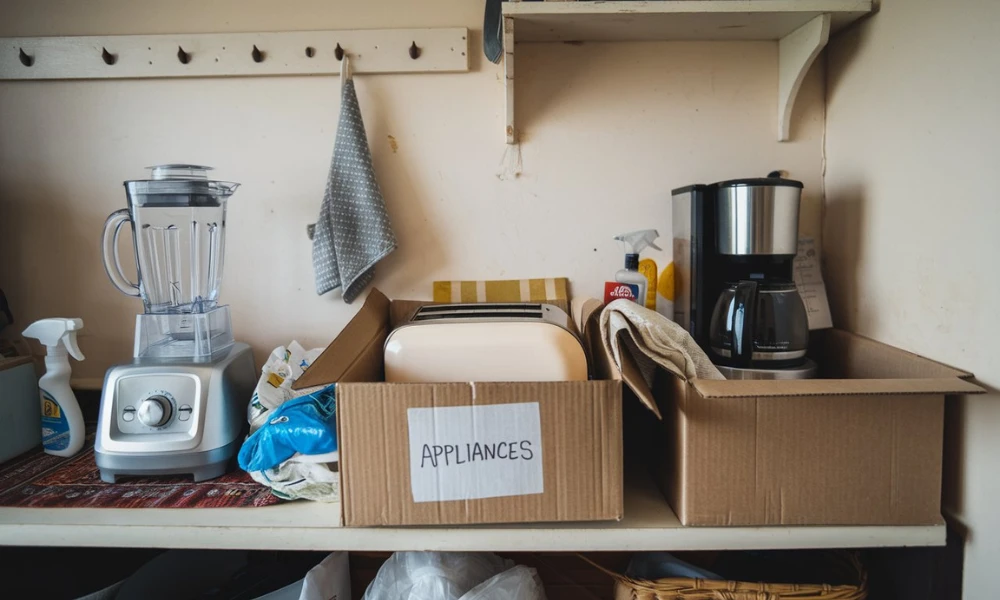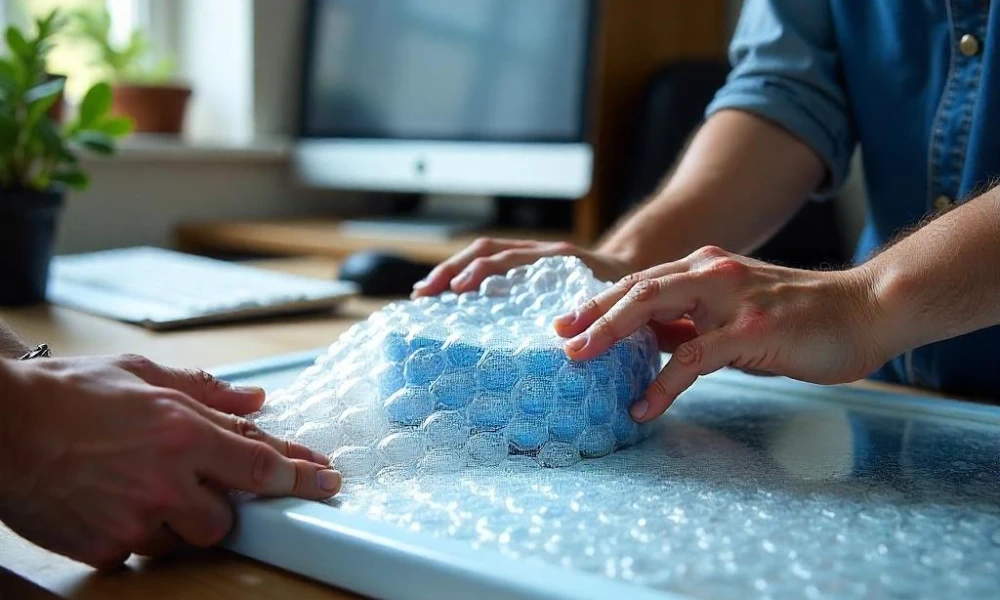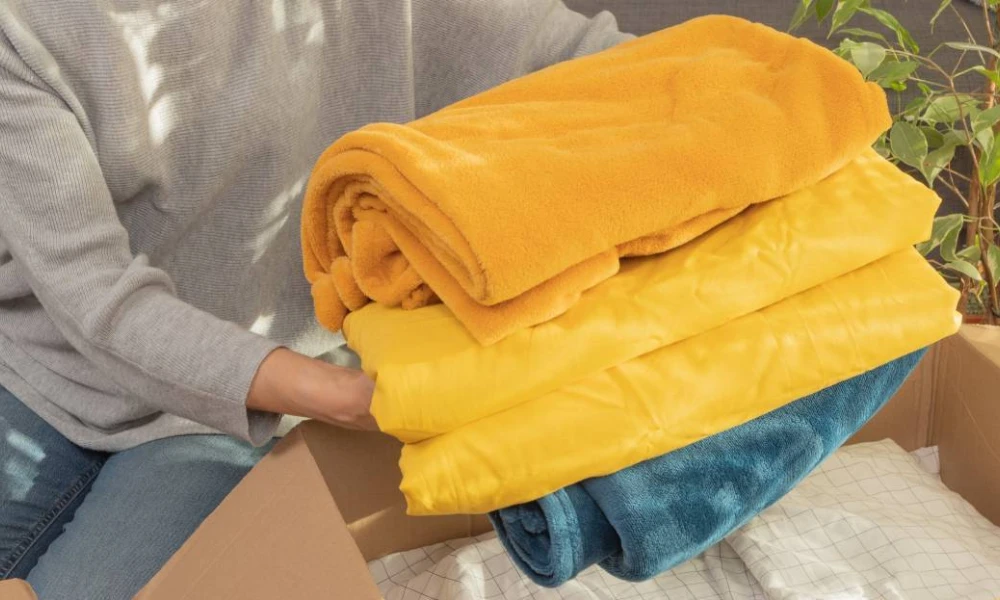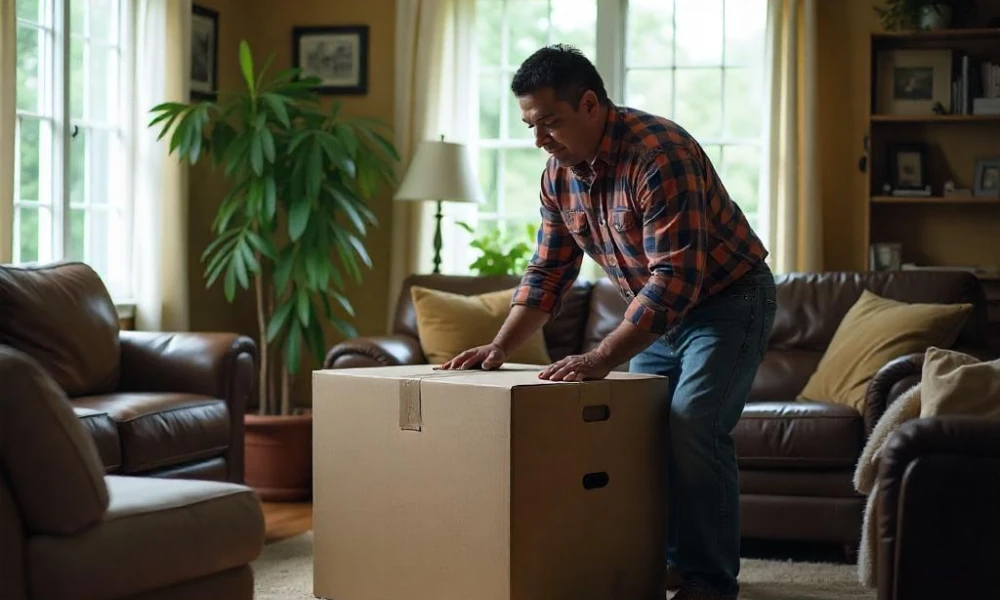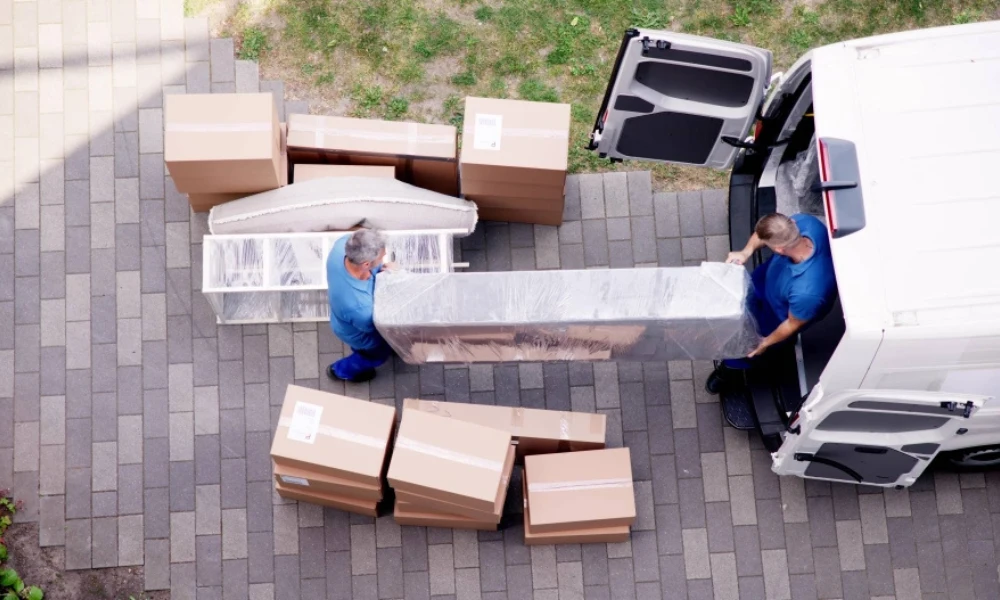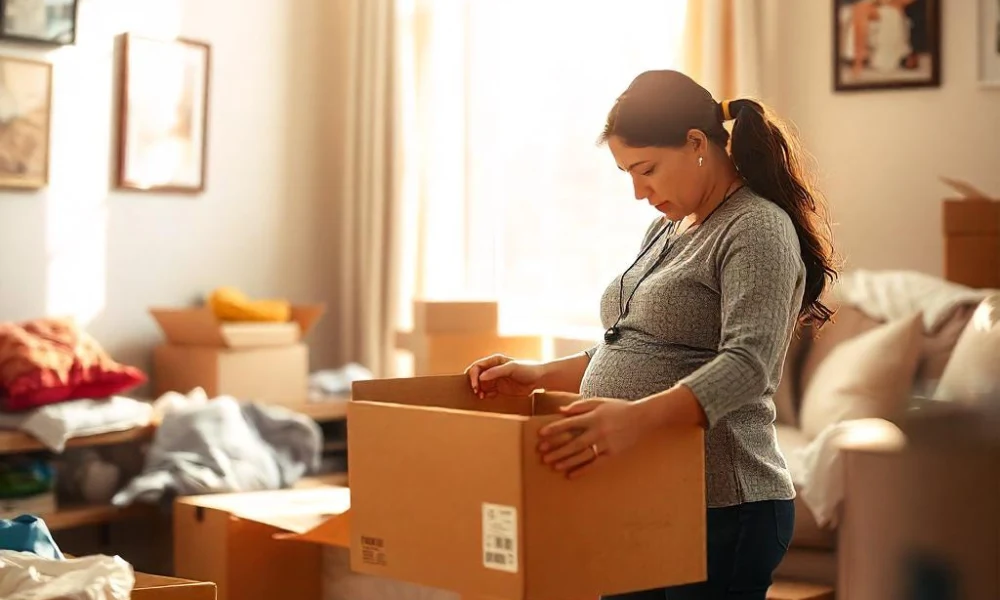How Best To Pack Bulky Kitchen Appliances
How best to pack bulky kitchen appliances can be a tricky task, as these items often come in various shapes, sizes, and weights, making them difficult to handle and protect. The challenge lies in ensuring that the appliances are safely packed to prevent damage during the move or while in storage. It’s crucial to take extra care when packing kitchen appliances for moving, as improper packing can lead to costly repairs or replacements. Whether it’s large items like refrigerators, dishwashers, or smaller appliances such as blenders or coffee makers, securing them properly is key to a successful move. By using the right materials, techniques, and precautions, you can pack your kitchen for moving with confidence and ease, ensuring your appliances arrive at their new location in perfect condition. What You’ll Need to Pack Kitchen Appliances When figuring out how to pack kitchen appliances, it’s important to gather the right materials to ensure everything is packed securely and safely. Below are the essential packing materials you’ll need for the job: Sturdy Moving Boxes (Specific Sizes for Different Appliances) Using the right size boxes is crucial when learning how to pack kitchen appliances effectively. For larger appliances like refrigerators or microwaves, you’ll need bigger boxes, while smaller ones work best for compact appliances like blenders or coffee makers. Consider double-boxing heavier items for added support during the move. Packing Tape (Heavy-Duty, Wide Rolls) Heavy-duty packing tape is essential for sealing boxes and securing loose items. A wide roll of tape will help you ensure that your boxes stay closed during the move, especially when packing delicate kitchen items. Bubble Wrap or Packing Paper (For Padding) When it comes to how to pack kitchen appliances, bubble wrap and packing paper provide the cushioning necessary to protect fragile components. Wrap items like glass shelves or dishwashers’ fragile parts with bubble wrap to prevent damage. Furniture Blankets or Moving Pads These thick, soft blankets or pads are excellent for wrapping larger, bulky kitchen appliances (like refrigerators or ovens) to shield them from scratches, dents, or other types of physical damage during transport. How to pack kitchen appliances requires not only wrapping them carefully but ensuring that large appliances are fully covered for maximum protection. Plastic Bags or Ziplock Bags (For Small Parts) When you disassemble larger kitchen appliances, you’ll likely encounter small parts such as screws, nuts, or removable trays. Ziplock bags or plastic bags are perfect for keeping these parts organized and safe from getting lost. Always remember to label the bags to help with reassembly later. Foam Sheets or Corner Protectors (For Added Protection) To safeguard delicate corners and edges, use foam sheets or corner protectors. These are especially helpful when moving appliances with sharp corners, such as refrigerators or dishwashers, as they provide an extra layer of protection. How to pack kitchen appliances involves ensuring that the more vulnerable parts are covered to minimize the risk of breakage. Markers for Labeling Boxes Marking your boxes with “fragile,” “this side up,” or the appliance’s name will help movers handle them with care. Clearly labeling your boxes is an important step in how to pack kitchen appliances, ensuring that each item is handled properly and organized during the move. By gathering these essential packing materials, you’ll be better prepared to move your kitchen appliances safely and efficiently. Knowing how to pack kitchen appliances with the right supplies ensures that your belongings are protected during transit, making your move stress-free. You can read about moving services in Los Angeles. How Best to Pack Bulky Kitchen Appliances in Easy Steps Packing bulky kitchen appliances can seem like a daunting task, but with the right preparation and packing techniques, you can ensure that your appliances arrive at your new home safely. Here’s a step-by-step guide to packing both large and small kitchen appliances efficiently. Preparation Before Packing: Clean and Dry All Appliances: Before you begin packing, ensure that all your appliances are clean and dry. This is essential to prevent mold, odors, and potential damage during transport. For example, clean the interiors of refrigerators, microwaves, and dishwashers, and ensure there’s no leftover food or liquid. Disconnect Cables, Hoses, and Accessories: Unplug and disconnect any cables, hoses, or accessories attached to your appliances. Store these components separately in labeled plastic bags to prevent them from getting lost. Take Photographs for Reassembly: It’s helpful to take photos of the appliance setup before disassembling, especially for complex items like refrigerators or washing machines. These images will guide you in reassembling the appliances later at your new home. Disassembling Large Appliances: Step-by-Step Guide for Large Appliances: For items like refrigerators, dishwashers, or washing machines, carefully follow the manufacturer’s instructions for disassembly. Remove shelves, trays, and any removable parts and pack them separately to avoid breakage or damage during the move. Pack Removable Parts Separately: Place shelves, trays, and any smaller parts into moving boxes. Use bubble wrap or foam padding to cushion these parts and protect them during transport. Padding and Wrapping: Wrap the Appliance with Bubble Wrap or Moving Blankets: After disassembling the appliance, wrap the entire appliance with bubble wrap or a moving blanket. This padding will protect the appliance from scratches, dents, and other damages during transit. Protect Vulnerable Parts: Pay special attention to vulnerable parts such as knobs, handles, and glass surfaces. Use extra bubble wrap or foam sheets to cushion these areas and prevent them from breaking. Use Foam Sheets for Sharp Corners and Edges: For appliances with sharp corners or edges (such as dishwashers or washing machines), use foam sheets to cover these areas. This provides an extra layer of protection from bumps and impacts during the move. Securing Appliances for Transport: Use Furniture Blankets for Extra Protection: After wrapping your appliances, cover them with furniture blankets to add a layer of protection. These blankets will help prevent scratches and provide cushioning from rough handling during the move. Secure Appliances with Ropes or Tie-Downs in the Moving Vehicle: In the moving vehicle, secure large
